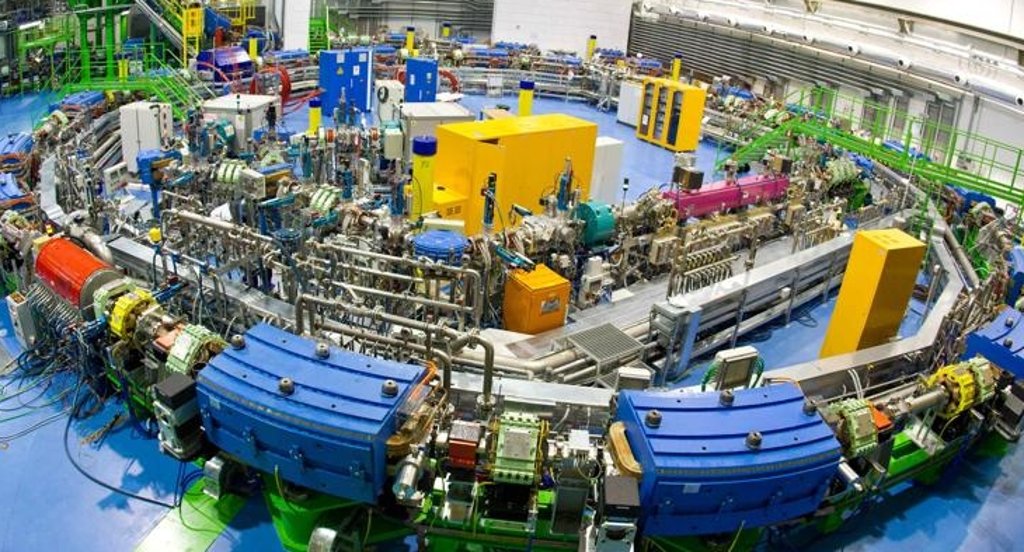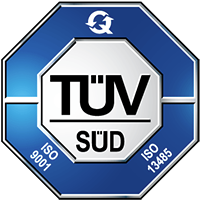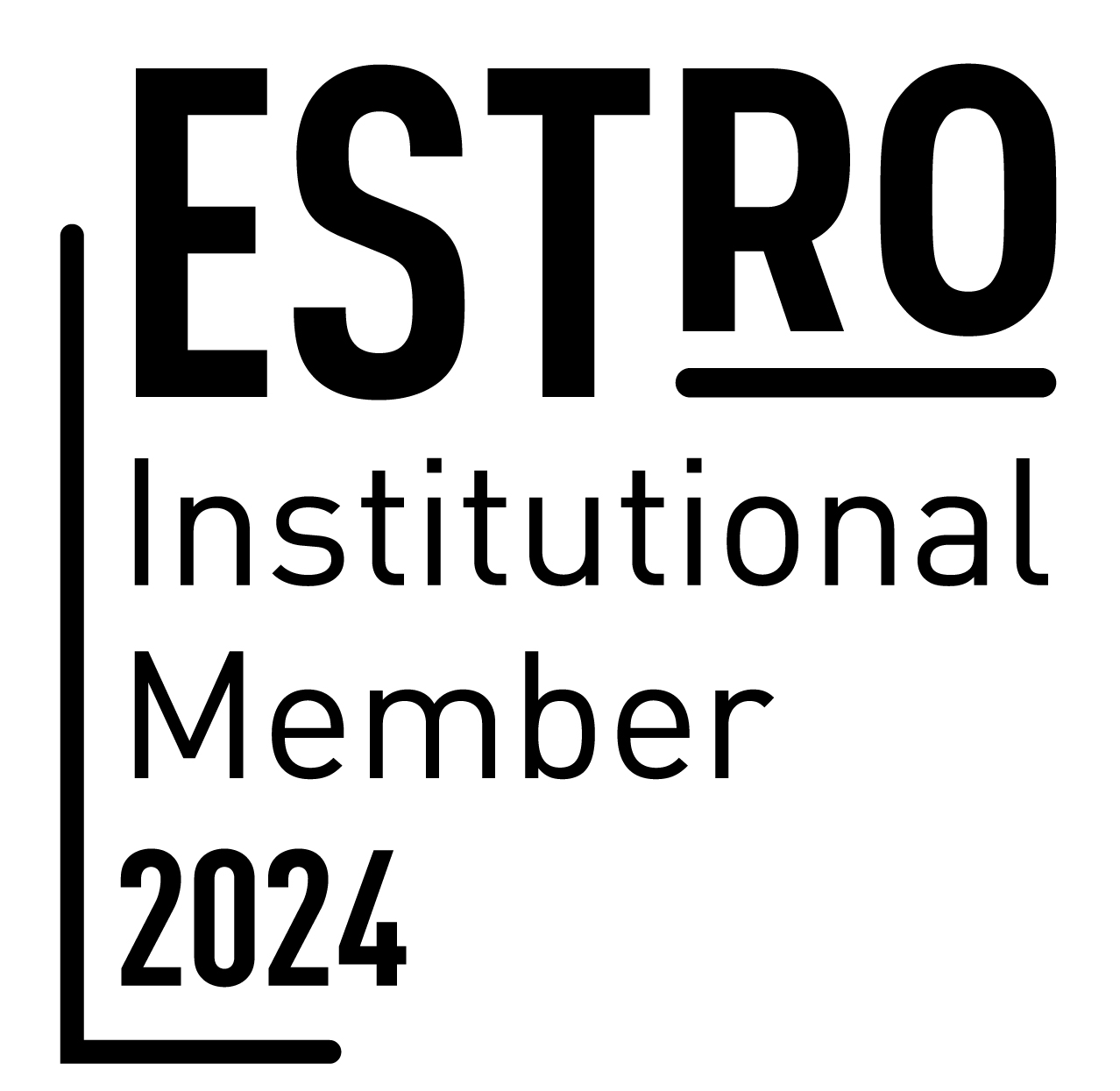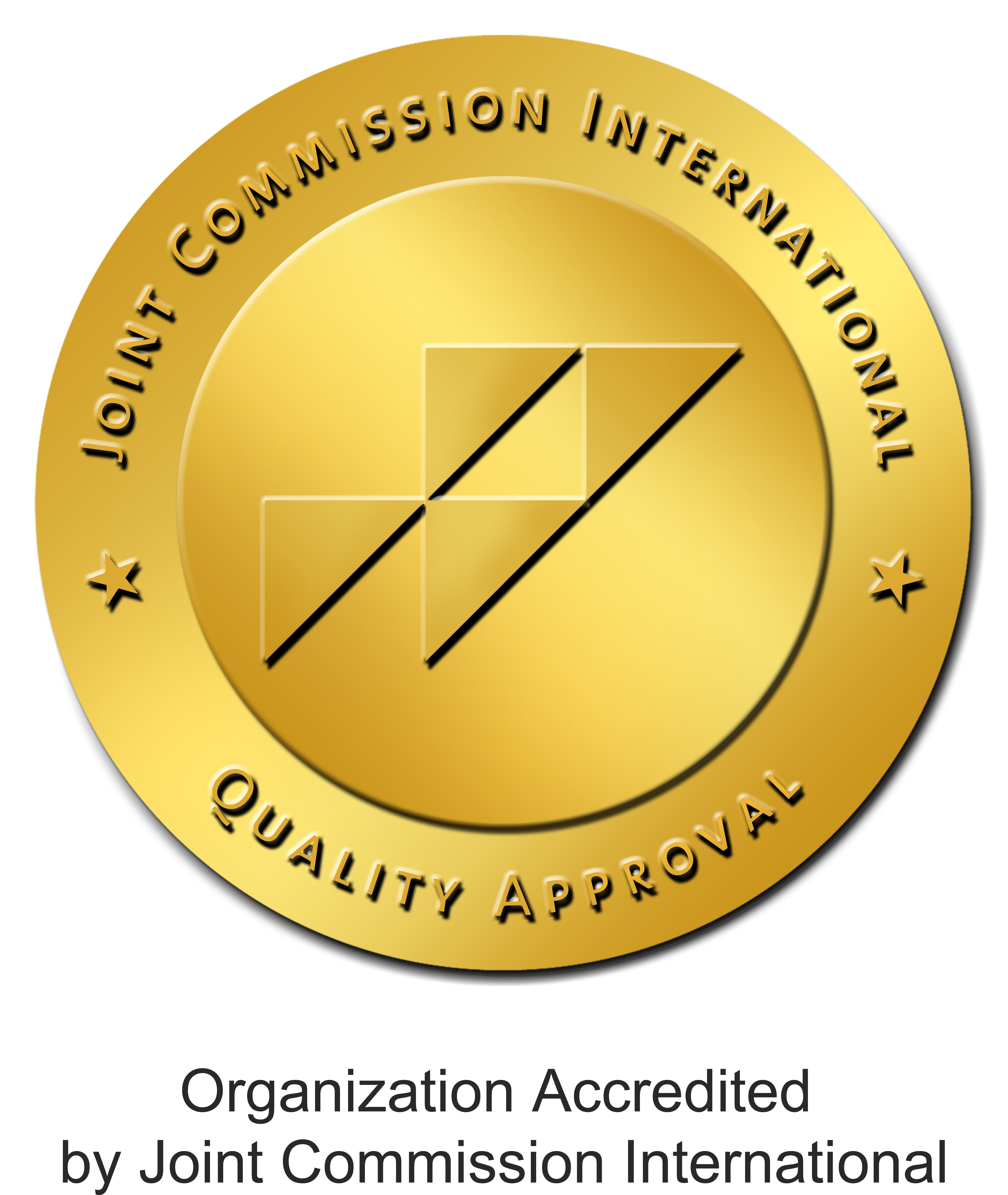
Hadrontherapy
Synchrotron
What is the synchrotron
The treatment of tumours by means of Hadrontherapy implies the use of a particle accelerator complex, called synchrotron. Its function consists in breaking down atoms and creating beams of subatomic particles (protons and carbon ions) to be directed into the tumour cells, to destroy them.
The synchrotron technology is similar to the one used at CERN in Geneva, but unlike the accelerators in the physics laboratories, the synchrotron was purposely designed and implemented for the clinical treatment of oncological patients.
The synchrotron of CNAO in Pavia is the only one in Italy capable of extracting also carbon ions from the atom, which are the most powerful particles for treating tumours that are resistant to traditional radiotherapy or inoperable. There are only 5 other centres in the world capable of doing this.
To do this, the synchrotron employs a technology similar to the one of the CERN particle accelerator in Geneva. It was mainly implemented with Italian technology thanks to CNAO's collaboration with the National Institute of Nuclear Physics (INFN), the University of Pavia, CERN itself, the GSI (Helmholtzzentrum für Schwerionenforschung GmbH, Darmstadt, Germany) and the LPSC (Laboratoire de Physique Subatomique et de Cosmologie de Grenoble, France).
The CNAO synchrotron, unlike the accelerators of physics laboratories, was purposely designed and built for the clinical treatment of patients. The construction of the centre involved 600 companies, 500 of them Italian. The production of the individual parts was entrusted to specialised companies, while the assembly and start-up were carried out by CNAO staff, in collaboration with the National Institute of Nuclear Physics, the Polytechnics of Milan, the University of Pavia and CERN.
How does the synchrotron work?
The synchrotron, which is located in a 1600-square-metre bunker in the heart of the CNAO headquarters in Pavia, has the shape of a 25-metre diameter and 80-metre circumference ring and is isolated from the rest of the structure with shielding for radiation in thick reinforced concrete in the range from 2 to 6 metres. This shielding is necessary to protect the regular visitors of the centre from radiation hazards.
In two different areas inside the ring there are two devices called "sources", from which the particles beams necessary to carry out the hadrontherapy sessions are generated. Inside the sources is the plasma formed by the gas atoms, which have lost their electrons. These atoms are extracted and protons and carbon ions are selected by means of magnetic fields and radio frequencies. That is when the "bundles" of beams are created, each one made up of billions of particles. These bundles are pre-accelerated and sent to the synchrotron, where they initially travel at around 30,000 kilometres per second. Next they are accelerated to kinetic energies up to 250 MeV for protons and 4800 MeV for carbon ions (MeV, equivalent to one million electron volts, is the unit of energy used in atomic and nuclear scale phenomena). To reach this speed, they travel about 30,000 kilometres in half a second, after which they are sent to the three treatment rooms.
How is the patient irradiated?
The beam that hits the tumour cells is a "brush" which acts with an accuracy of 200 micrometres (two tenths of a millimetre). This precision is possible thanks to:
- a continuous surveillance on patient, through infrared cameras that measure three-dimensional displacements
- two scanning magnets which, according to the indications of the beam monitoring system, move the "brush" along the contour of the tumour.
In this way, the tumour is hit section by section: the passage from one section to another (deeper) one, is obtained by increasing the energy of the beam.
The entire irradiation lasts a few minutes and the number of sessions varies according to the pathology. For protons on average 35 sessions and for carbon ions on average 16 sessions are needed.
How was the synchrotron project born?
The CNAO project was "home-made", with an approach that allowed to save on implementation costs while forming high professional skills: it is an inspiring prototype that became a model for many to imitate. At international level, almost ten are the projects that are striving to obtain approvals and funding and all of them look to CNAO as a partner capable of providing technical and medical support for the achievement of their objectives. These initiatives bring clear advantages both in term of image and export of skills and technologies.













